Team Planning: The key to Business Success
Oct 4, 2023
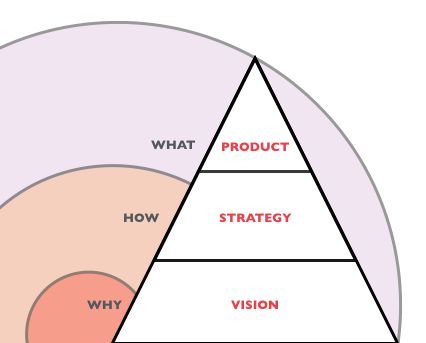
Fearlessly navigate your business towards success with strategic 'team planning' to optimize productivity and foster seamless coordination.
Unleash your business potential by mastering 'team planning'; enhance productivity and improve team collaboration.
Discover the transforming power of effective 'team planning' for achieving business goals and enhancing team synchronization.
The Importance of Team Planning
Team planning is the steadfast pillar that fortifies your pathway to business success, creating a clear roadmap for all members. Achieving targets becomes a synchronized effort.
Through team planning, businesses can unlock hidden potential, paving the way for optimal productivity, consistent growth, and better team harmony.
Acknowledging team planning as a critical necessity unlocks latent business potential, paving the way for enhanced productivity, systematic progress tracking, and improved team coordination.
Why team planning matters for business success
In today's competitive business landscape, effective team planning holds paramount importance. It is an essential tool that helps businesses anticipate changes, strategize, and execute actions efficiently.
Scattered resources, unclear goals, and miscommunication - all of these can bring the productivity of a business to its knees, emphasizing the criticality of team planning.
Successful business transformations rely heavily on proficient planning. It is the secret weapon that empowers businesses to navigate structural changes smoothly and ensure long-term viability.
When team planning is done right, it encourages team spirit, improves communication, aligns efforts towards shared goals, and ultimately fosters a culture of success.
In a nutshell, the combination of strategic vision, coordination, and efficient team planning forms the backbone of thriving businesses that stand out from the crowd.
Benefits of effective team planning
Robust team planning ensures a cascade of benefits beyond the attainment of business objectives, sparking a transformative ripple effect throughout your operations.
Instigates efficient use of resources, minimizing waste and boosting overall productivity.
Promotes communication, collaboration and deepens understanding, fostering a cohesive team environment.
Enables the identification of potential challenges early, allowing time for effective solutions.
Ignites innovation by encouraging diversified thought, leading to breakthrough strategies.
Uplifts overall business performance by aligning team efforts towards unified business goals.
Common Challenges in Team Planning
Seeing challenges squarely, then forming solutions, is paramount in team planning. A few of these include unclear objectives, unbalanced work distribution, and conflicting priorities that demand swift resolution.
To effectively discern and eradicate the hurdles in team planning, it’s crucial to create an open feedback culture. This way, managers and team members can identify issues early, devise strategies for robust resolution, and consequently ensure seamless operation.
Identifying and overcoming obstacles
In the realm of team planning, the first step to navigating challenges is to accurately identify them. Miscommunications, lack of clear roles, and insufficient resources often act as barricades. But with a dedicated approach, you can navigate and conquer these obstacles to ensure smooth team operations.
Foster open communication to avoid miscommunications
Allow role clarification sessions for more transparent task assignments
Ensure adequate resources for tasks to elude resource scarcity
Adopt effective team planning tools to streamline processes
Dealing with conflicting priorities
In team planning, conflicting priorities often arise, clouding clear decision making. Effective management of these priorities dramatically improves coordination and delivers better results for your business.
Categorize tasks based on their importance and urgency
Use team planning tools to manage, track and prioritize tasks
Implement a common reporting system to monitor progress
Encourage open communication to resolve conflicts
Set clear expectations and responsibilities
Regularly revisit and adjust priorities
Managing team workload
Balancing the burden and dividing tasks are essential strategies for managing team workload during planning. Aim to create a symbiotic team environment where members complement each other's strengths, fostering an atmosphere of collaborative growth.
Implement a fair task-distribution system to ensure equitable division of workload.
Use a priority matrix to categorize tasks based on urgency and importance.
Take advantage of task management tools to monitor workload and adjust as needed.
Regularly communicate with team members to keep abreast of workload issues.
Identify team member strengths and delegate tasks accordingly.
Provide training and resources necessary to manage workload effectively.
Elements of Effective Team Planning
In the grand scheme of team planning, each step is akin to laying bricks for a building that is destined for success. Clear objectives, well-assigned tasks, realistic timelines and cooperative communication weave together, fortifying this structure.
The intricacies of team planning can be likened to a puzzle. Each component - goals and objectives, role distribution, timeline management and collaboration - clicks into place to form the bigger picture; a well-oiled, effective team planning process.
Setting clear goals and objectives
A successful team plan is underpinned by clear, ambitious goals. They serve as the lighthouse, guiding and motivating individuals to work collaboratively towards shared success.
Goals are the compass in team planning. They offer direction, allowing teams to devise actionable strategies with precision and purpose.
In the complex system of team planning, clear objectives serve as markers. They provide structure and measurable progress points, fostering a conducive environment for efficiency and improvement.
Assigning tasks and responsibilities
Assigning tasks and responsibilities is a vital step towards success in team planning. It not just instills a sense of ownership among team members but also ensures smooth functioning and operational efficiency.
Task assignment streamlines the team planning process by preventing overlap of duties, eliminating confusion, and aiding in proper resource allocation.
When tasks and responsibilities are assigned, every team member is aware of their role in reaching the shared objectives. This promotes individual responsibility and commitment.
The assigned tasks offer a clear pathway for team members to channel their efforts effectively. It improves productivity and reduces time wasted on indecision or miscommunication.
The conscious assignment of roles not only optimizes the team's performance but also contributes to an inclusive, transparent, synergistic work environment, building the foundation for business success.
Creating realistic timelines
Realistic timelines underpin effective team planning; building achievable milestones helps foster commitment and drive among all team members, while positively impacting productivity. Success isn't in speed, but in the methodical fulfillment of each task towards the final goal.
Creating tangible timelines is a fine balance between ambition and reality. This process, when successfully executed, results in a shared vision that integrates each team member's efforts, grounding ambitious team planning in feasible outcomes while still fostering growth.
Collaboration and communication
The unity seen in diverse teams accentuates the harmony between collaboration and effective communication in team planning. Having a variety of perspectives broadens understanding, encouraging innovative solutions.
Effective communication ignites successful team planning. Ensuring every member has a voice fosters transparency and inclusiveness, key elements towards building an efficient and committed team.
Beyond just task delegation, collaboration in team planning aims to creatively assemble the best ways to fulfill tasks. Engagement and participation in discussions create a sense of ownership and lead to more committed team players.
Timely and clear communication eliminates ambiguity. It provides necessary direction and keeps the team aligned, fostering a seamless workflow and avoiding unnecessary pauses or overlaps.
Incorporating collaboration tools with robust communication features enhances team planning. These tools save time, reduce confusion and keep everyone updated, ensuring successful execution of goals.
Choosing the Right Team Planning Tools
Achieving team success is often reliant on your strategic toolbox. Choosing suitable team planning tools amplifies efficiency, streamlines operations and fosters seamless collaboration, therefore, it's crucial to select a tool that fits your team's unique requirements and expectations.
Trustworthy planning tools offer scalability, user-friendly interfaces, and comprehensive features tailored to your objective. As you navigate the crowded marketplace, factors such as budget, ease of use, integrations and software support can guide your selection towards the planning tool best-suited to your team's needs.
The role of technology in team planning
In the realm of modern team planning, technology emerges as a pivotal enabler. Not only does it simplify complex processes, but it also imparts efficacy and transparency to all teams involved.
Indeed, it is technology that propels team planning into its future. Innovative software and digital solutions are transforming teams into highly productive units.
Consider how technology accelerates team planning, building a seamless interface between task creation, delegation, oversight, and completion. It eliminates traditional time and space boundaries.
Factor in the role of real-time tracking, collaboration tools, and cloud storage; then recognize how these technological advancements directly contribute to a team's success and, by extension, the business.
Popular team planning tools and their features
Let's delve into the realm of popular team planning tools. Familiar options like Asana, Trello and Monday.com dominate the scene in 2023, each offering unique ways to synchronize team tasks.
The key features of these tools include real-time updates, visual project timelines, easily assignable tasks and intuitive interfaces. These aspects aid in seamless teamwork and task tracking.
Furthermore, they offer integration with various productivity apps, customizable workflow templates, and advanced analytics. These versatile tools pave the way for a hassle-free team planning experience.
Best Practices for Successful Team Planning
Embracing industry-approved practices in team planning can significantly maximize your team's productivity, driving your business towards sustainable success. These methods can effectively enhance coordination, collaboration, mitigate workflow bottlenecks, ensuring the smooth execution of projects.
Your business can potentially turn the tide by implementing tried-and-tested team planning practices. These methods can bring clarity in task allocation, streamline processes and facilitate a culture of continuous learning and feedback within your teams.
A consistent implementation of best practices in team planning allows businesses to adapt and refine their planning processes over time. This adaptability offers teams the flexibility needed to negotiate ever-evolving business landscapes.
Regular team meetings and updates
Regular meetings are indispensable; a regular rhythm of communication keeps everyone aligned and informed, thereby optimizing the planning process. They offer an opportunity to revisit objectives, assess progress, and address any emerging issues promptly.
One cannot underestimate the impact of regular updates in bolstering team planning. Alive with the pulse of real-time project status, they provide transparency, prevent miscommunication, and preserve continuity.
When correspondences become routine, team members gain a clear view of their responsibilities. This clarity encourages individual ownership, fostering an atmosphere of initiative and productivity. Regular update sessions become a growth engine to team planning.
Consistent flow of information rocket fuels the planning process. Regular updates allow continuous re-evaluation of strategies in response to challenges and changes, ensuring that planning remains agile and adaptable.
Encouraging feedback and learning
Fostering a culture of continuous learning and feedback can tremendously impact your team planning strategy. It feeds success, reinforcing strength areas while simultaneously addressing weaknesses for improvement.
Peer learning and open feedback channels can revolutionize the way your teams plan projects. This approach promotes shared understanding and knowledge, catalyzing better decision making and planning.
Adapting and refining the planning process
Flexibility and finesse are vital facets of successful team planning. Through constant adaptation and refinement of your process, your team can prepare for unforeseen changes and pursue opportunities as they arise.
In this ever-evolving business landscape, a rigid plan won't cut it. Being receptive to changes, revising your team planning process continually helps drive optimal performance.
Refinement is an ongoing process, and it's not solely about identifying flaws. It's about learning, adapting, and perfectening the system to maximize each individual's contribution to team goals.
The key lies in transforming every challenge into learning opportunities. Adaptable team planning processes foster resilience and enable the team to bounce back stronger from disappointments and setbacks.
Your Trello, Asana, ClickUp, Todoist tasks
on Google Calendar.

Visualizing Goals: Trello Boards for Long-Term Work Week Planning
Jan 1, 2024

Automation Hacks: Trello Integrations for Streamlined Workflows
Dec 31, 2023

Collaborative Planning: Enhancing Team Productivity with Trello Boards
Dec 30, 2023

Task Prioritization: Trello Strategies for a Productive Work Week
Dec 29, 2023

From Goals to Reality: Long-Term Planning with Google Calendar and Time Blocking
Dec 24, 2023

Optimizing Your Schedule: Google Calendar Apps for Enhanced Time Blocking
Dec 23, 2023

Collaborative Time Blocking: Using Google Calendar for Team Productivity
Dec 22, 2023

Balancing Work and Life: Time Blocking Strategies for Personal and Professional Harmony
Dec 21, 2023

Time Blocking for Productivity: Google Calendar Tips and Tricks
Dec 20, 2023

Mastering Your Time: A Comprehensive Guide on How to Use Google Calendar for Time Blocking
Dec 19, 2023

Advanced Customizations: Asana and Google Calendar for Power Users
Dec 15, 2023
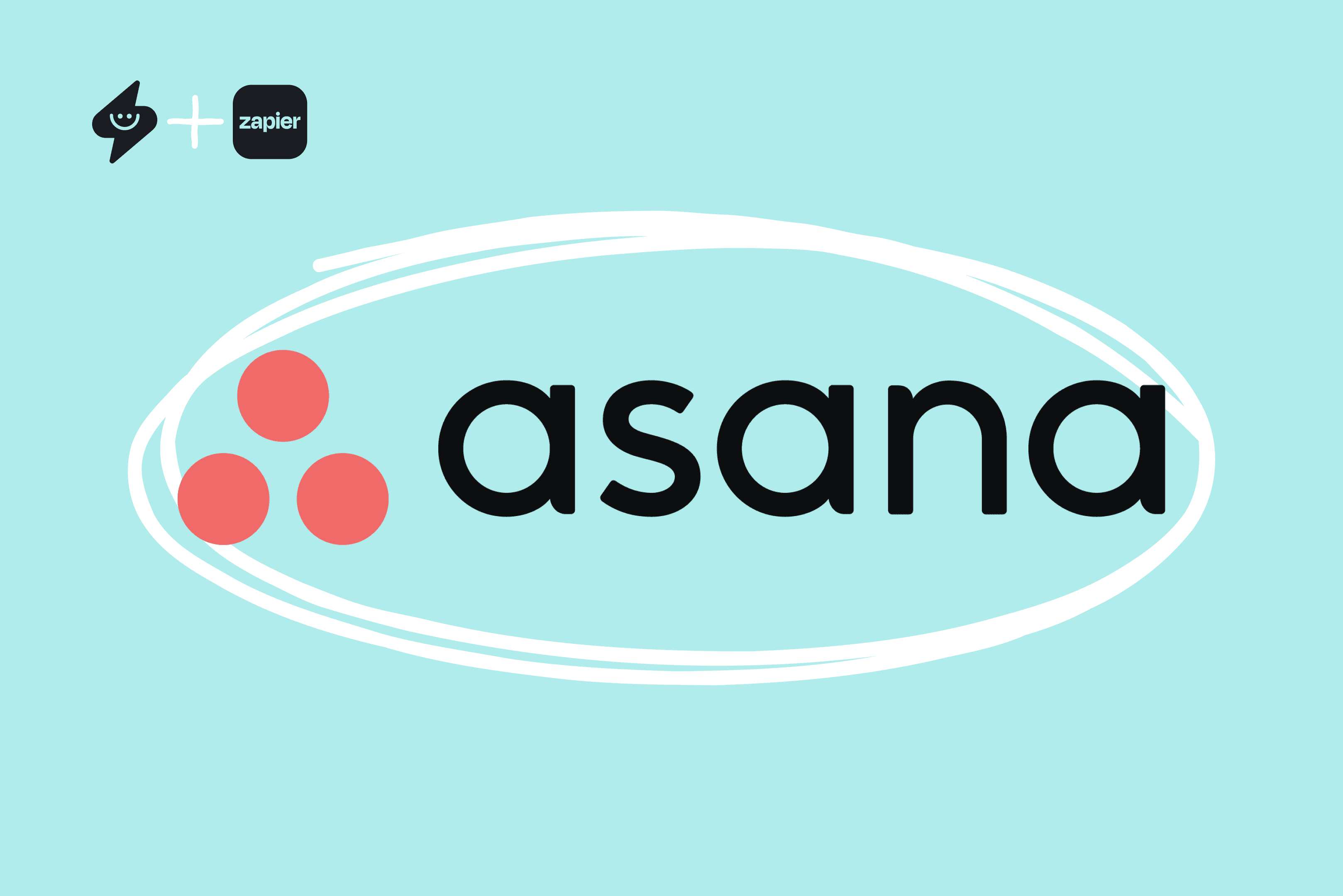
Automation Hacks: Asana Integrations and Google Calendar Efficiency
Dec 14, 2023

Team Collaboration Made Easy: Asana Projects and Google Calendar Events
Dec 13, 2023
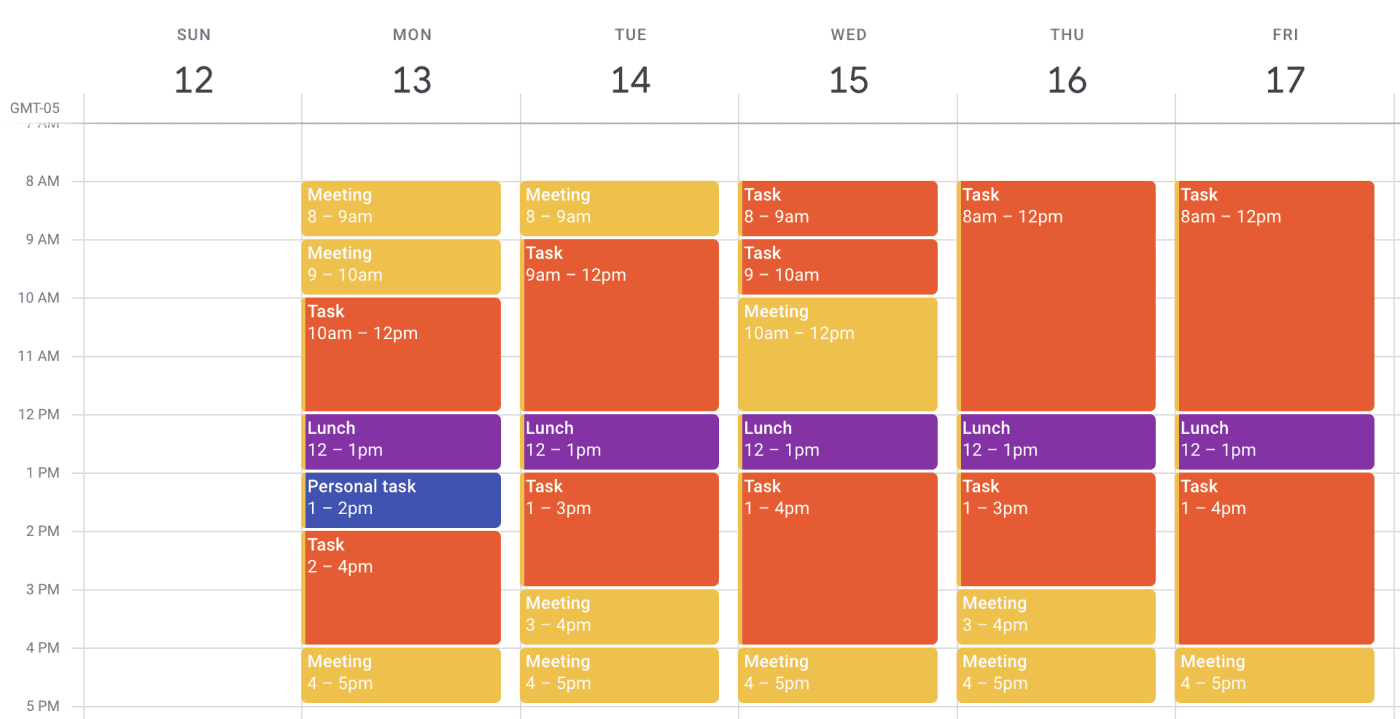
Time Blocking Techniques: Asana Tasks and Google Calendar Synergy
Dec 12, 2023

Syncing Asana Due Dates with Google Calendar: A Comprehensive Tutorial
Dec 11, 2023

Advanced Customizations: Trello and Google Calendar for Power Users
Dec 10, 2023

Collaborative Project Planning: Trello Teams and Google Calendar Events
Dec 9, 2023

Time Management Strategies: Trello Boards and Google Calendar Harmony
Dec 8, 2023

Syncing Trello Cards with Google Calendar: A Step-by-Step Tutorial
Dec 7, 2023

Task Prioritization Strategies: A Todoist and Google Calendar Approach
Dec 6, 2023

Unlock Your Productivity with Advanced Features for Todoist and Google Calendar Power Users
Dec 5, 2023

Using Todoist and Google Calendar for Effective Collaborative Planning in Teams
Dec 4, 2023

Using Time Blocking with Todoist and Google Calendar to Enhance Productivity
Dec 3, 2023

Using Labels and Filters: Todoist and Google Calendar Synergy
Dec 2, 2023

How to Sync Todoist Tasks to Google Calendar Events
Dec 1, 2023
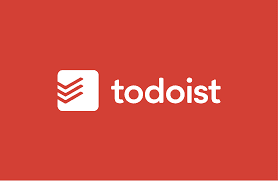
Integrating Todoist with Google Calendar for Effortless Scheduling
Nov 30, 2023

7 Free Trello Templates for Streamlining Workflow and Improving Productivity
Nov 29, 2023

Setting Goals that Motivate and Inspire Action
Nov 28, 2023
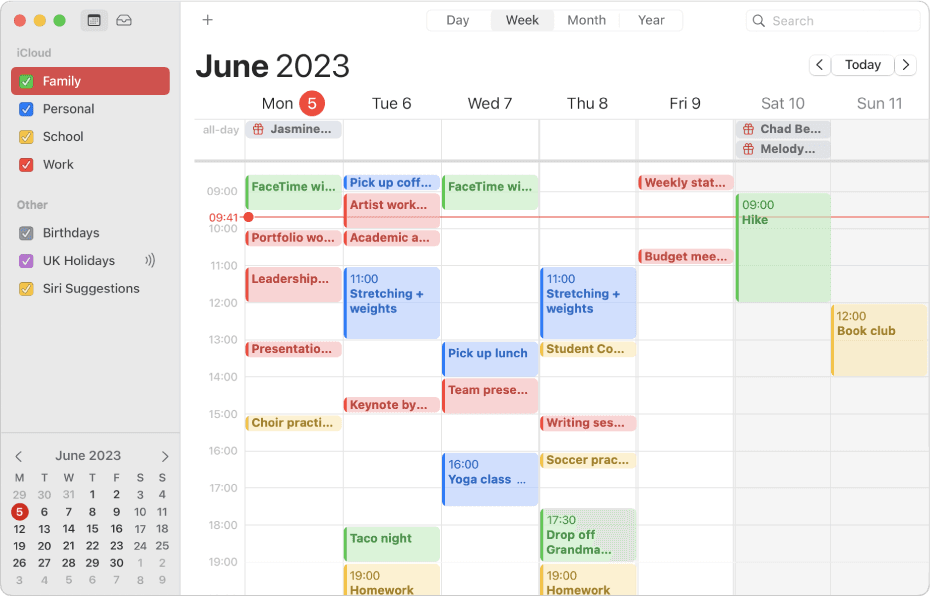
How to Integrate Todoist with Apple Calendar for Increased Productivity
Nov 27, 2023

7 Alternatives to Asana for Project and Task Management
Nov 26, 2023

The Complete Guide to Time Blocking with Google Calendar
Nov 25, 2023
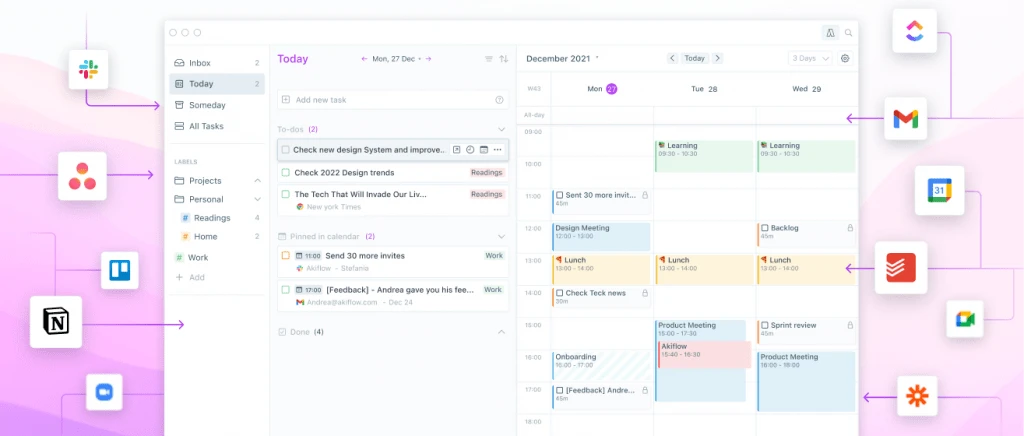
Top 10 Daily Planner Apps for Keeping You Organized and On Schedule
Nov 25, 2023
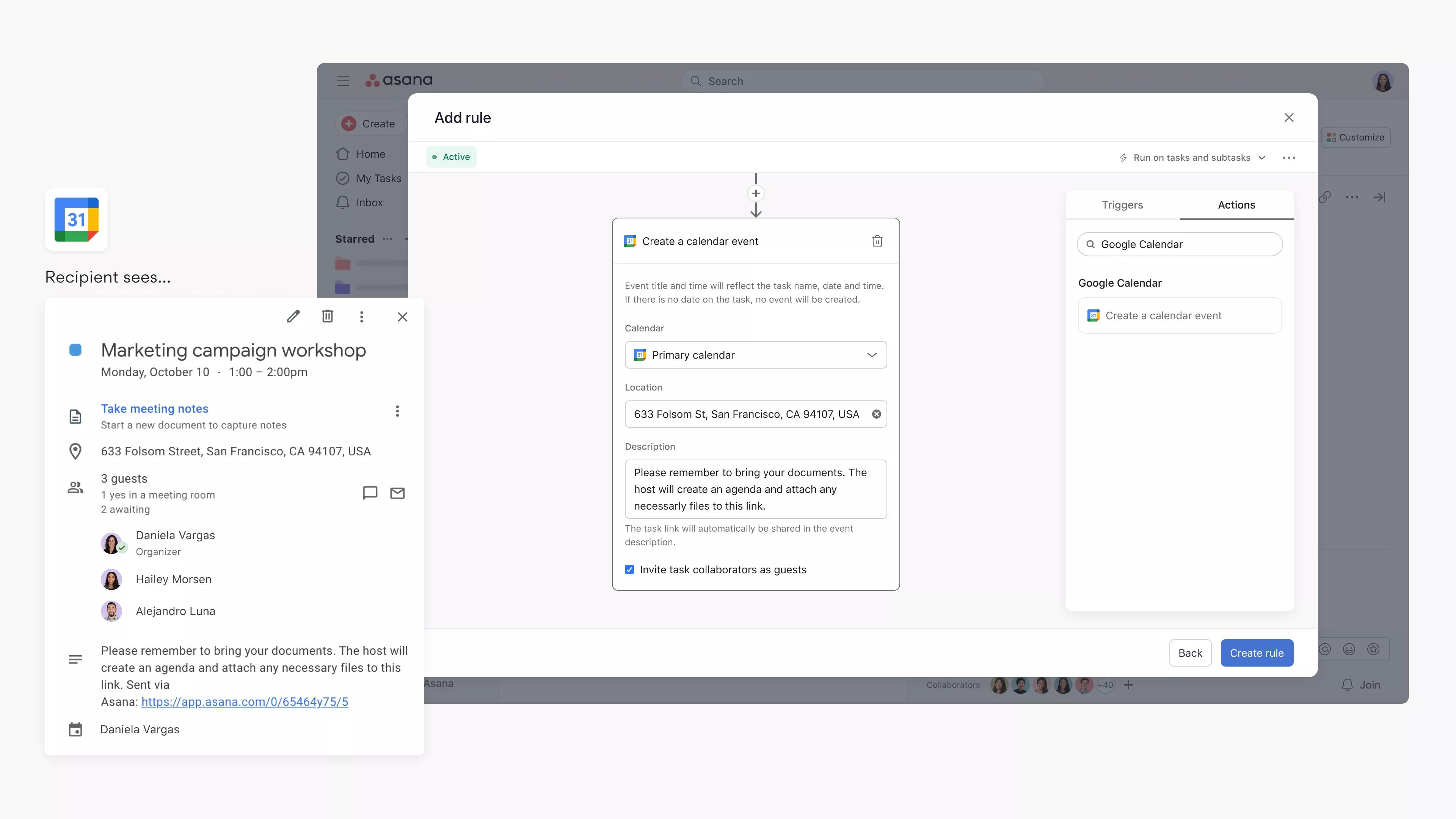
Syncing Asana Tasks to Your Google Calendar: A Step-by-Step Guide
Nov 23, 2023

How to Integrate Todoist with Google Calendar for Seamless Task Management
Nov 19, 2023

Integrate ClickUp with Google Calendar
Nov 14, 2023

Team Planning: Unlocking the Benefits for Your Business
Nov 11, 2023
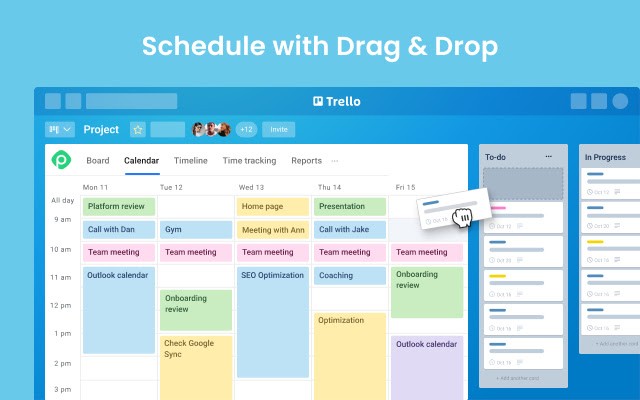
What features does Planyway for Trello offer?
Oct 5, 2023

Boost Your Productivity with a Weekly P L: A Simplified Task Planning Solution
Oct 5, 2023

Team Planning: The key to Business Success
Oct 4, 2023
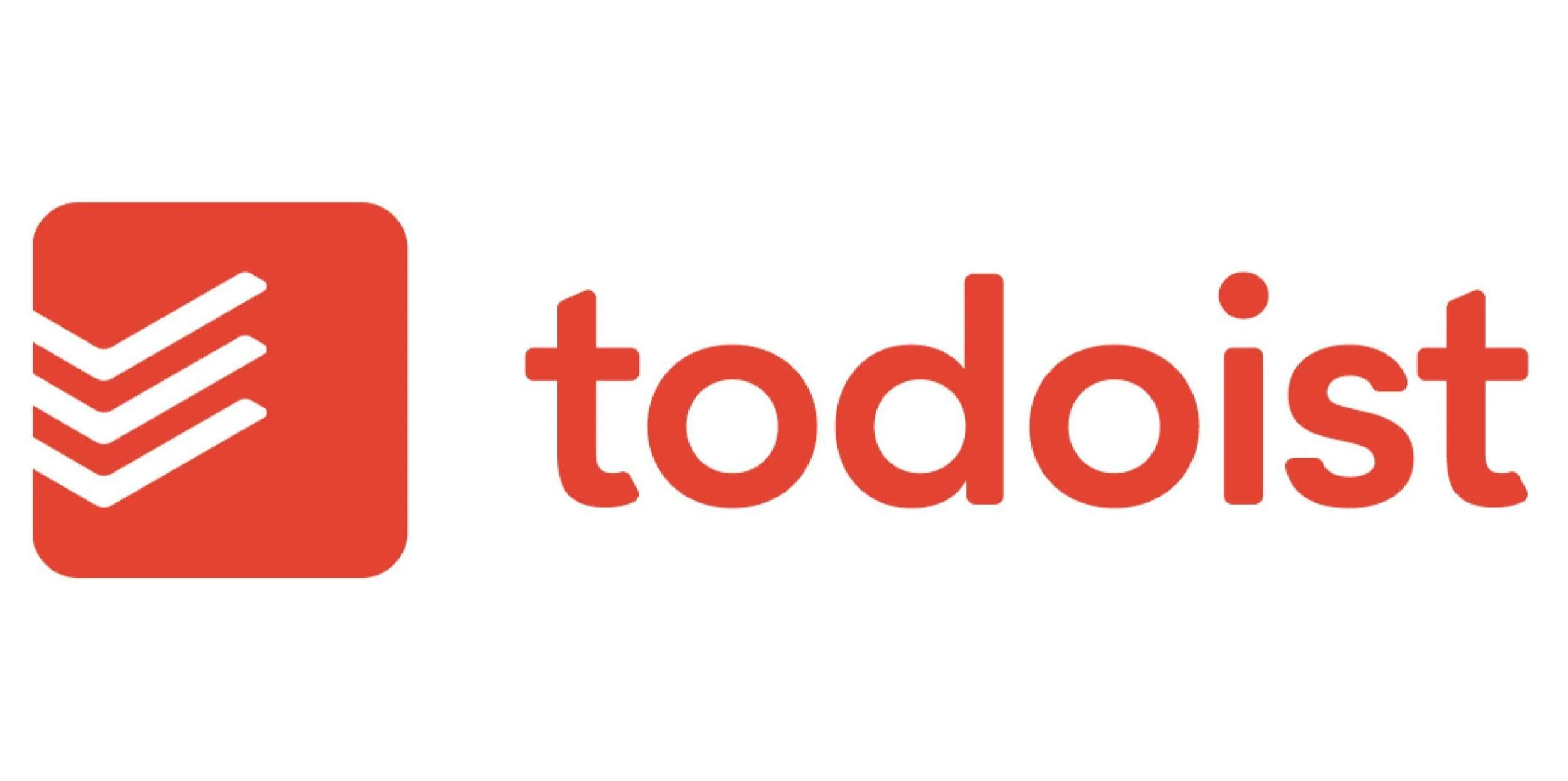
How can I sync my Todoist tasks with my Google Calendar?
Oct 2, 2023

Asana Sync with Google Calendar: Streamlining Your Task Management
Sep 3, 2023

How to Sync Asana with Google Calendar: Boost Your Productivity
Sep 3, 2023

Todoist and Google Calendar: The Perfect Productivity Pair
Sep 2, 2023

Todoist Integration with Google Calendar: Streamline Your Task Management
Sep 2, 2023

Exploring the Power of Todoist Calendar View
Sep 1, 2023

Understanding and Overcoming Task Blockers: Boosting Productivity
Sep 1, 2023

Optimize Your Productivity with Time Blocking: Unlocking the Power of Efficient Planning
Aug 31, 2023

Enhancing User Engagement with Motion AI: A New Era of Chatbot Experiences
Aug 31, 2023

Understanding the Motions Calendar in Legal Proceedings
Aug 30, 2023

Maximizing Productivity with the Time Blocking Planner App
Aug 30, 2023

The Ultimate Guide to Streamlining Your Tasks with Trello Planner
Aug 29, 2023

Repeating Tasks: Enhancing Productivity and Efficiency
Aug 29, 2023

Trello Discount Codes for Enhanced Productivity
Aug 28, 2023

The Evolution and Significance of Calendars: Tracking Time Through the Ages
Aug 28, 2023

Maximizing Productivity and Efficiency with a Planner Featuring 15-Minute Time Slots
Aug 27, 2023

Time Blocking vs. To-Do Lists: Finding Your Productivity Strategy
Aug 27, 2023

Enhance Your Trello Experience with Planyway: A Comprehensive Overview
Aug 26, 2023

Exploring Planyway: A Comprehensive Project Management Solution
Aug 26, 2023

Streamline Your Schedule with Planyway Calendar
Aug 25, 2023

How to Sync Google Calendar with Trello
Aug 25, 2023

Blocks of Time: The Key to Effective Time Management
Aug 24, 2023

Exploring the Power Duo: Enhancing Productivity with Google Calendar and Todoist
Aug 24, 2023

Time Blocking in Google Calendar: Boost Your Productivity and Master Your Schedule
Aug 23, 2023

Task Blocking: Understanding the Productivity Pitfall and Overcoming It
Aug 23, 2023

A Comprehensive Guide to Weekly Profit and Loss Statements
Aug 22, 2023

Maximizing Productivity with Todoist Time Blocking
Aug 22, 2023

Discover the Power of Day Blocking: A Productivity Strategy
Aug 21, 2023

How to Sync Trello Calendar with Google Calendar
Aug 21, 2023

Quickly Connect Google Calendar to Trello
Aug 19, 2023

How to Link Trello to Google Sheets: Streamlining Your Workflow
Aug 18, 2023

Streamline Your Workflow: Sync Trello Cards to Google Calendar Events
Aug 17, 2023

Streamlining Your Workflow: Trello + Google Tasks Integration
Aug 16, 2023

Can I Import My Google Calendar to Trello?
Aug 15, 2023

Use Google Calendar for Effective Scheduling
Aug 14, 2023

Mastering Task Duration in Google Calendar: A Comprehensive Guide
Aug 13, 2023

The Power of Calendar Planning Apps: Streamlining Your Life Like Never Before
Aug 12, 2023

Simplify Your Life with Google Calendar Sync
Aug 11, 2023

Creating an Effective Day Schedule: A Path to Productivity and Well-Being
Aug 10, 2023

Maximizing Productivity and Efficiency with Time Blocking
Aug 9, 2023

Google Calendar: A Modern Tool for Efficient Time Management
Aug 8, 2023

Top 10 Daily Planner Apps to Boost Productivity
Aug 7, 2023

Calendly Alternatives & Competitors for 2023
Aug 6, 2023

How to Share Google Calendar: A Step-by-Step Guide
Aug 5, 2023

Best Trello Board Templates: Boost Your Productivity and Organization
Aug 4, 2023

Trello Templates: Enhancing Personal Productivity
Aug 3, 2023

Trello Templates: Simplify Your Workflow and Boost Productivity
Aug 2, 2023

How to Sync Trello with Google Calendar
Aug 1, 2023

How to Link Trello with Google Calendar
Jul 31, 2023

How to Sync Trello and Google Calendar: Enhance Your Productivity and Organization
Jul 30, 2023

Time Blocking with Trello: Boosting Productivity and Organizing Your Life
Jul 29, 2023
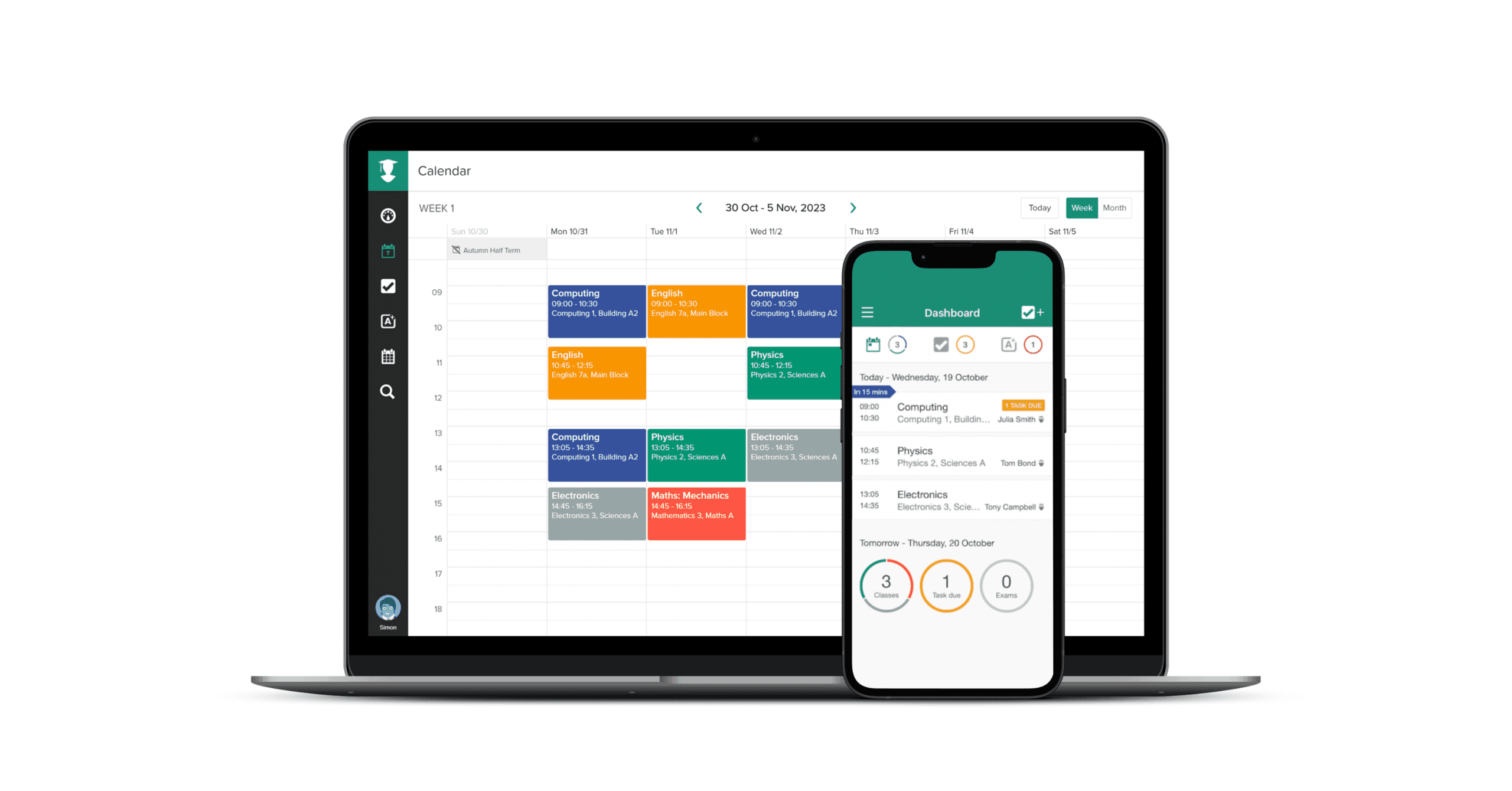
TaskPlanner: Your Ultimate Tool for Efficient Task Management
Jul 28, 2023

Trello Google Calendar 2-Way Sync: Streamlining Your Workflow
Jul 27, 2023

Can Trello Sync with Google Calendar?
Jul 26, 2023

Trello Task Management Templates: Streamline Your Workflow Like Never Before
Jul 25, 2023

Clockwise Alternatives: Embracing Productivity and Efficiency
Jul 23, 2023

Google Calendar Daily Schedule: How to Organize Your Life with Efficiency and Ease
Jul 22, 2023

Weekly Planner with Google Calendar: Stay Organized and Efficient
Jul 21, 2023

Top Trello Marketing Templates: Boost Your Marketing Efforts and Drive Results
Jun 6, 2023

Top Trello Project Management Templates: Streamline Your Workflow for Success
May 29, 2023

Top Reasons to Use Trello for Project Management: Boost Your Team's Productivity
May 29, 2023

Why Google Calendar to Trello Sync is the Ultimate Power Move for Productivity
May 20, 2023

Connect google calendar to trello
May 12, 2023

Optimize Your Schedule: Unlock the Power of Google Calendar and Trello Sync with Taskplanner
May 10, 2023

Top trello power ups
May 7, 2023

Chatsonic
May 7, 2023

Explore ChatGPT Alternatives: Empower Your Conversations with AI-Powered Tools
May 7, 2023

Discover Clockwise Alternatives: Take Control of Your Time and Boost Productivity
May 7, 2023

Sync Trello with Google Calendar: Boost Productivity with Task Planner
May 6, 2023

Beyond Google Calendar: Alternative Options and Enhancements for Efficient Scheduling
May 5, 2023

The Ultimate Guide to Trello Google Calendar Sync: Streamline Your Workflow
May 3, 2023

Mastering Your Time with Time Blocking: The Ultimate Productivity Technique
Apr 28, 2023

Motion alternatives
Apr 28, 2023

Why Taskplanner better than Reclaim
Apr 26, 2023

How to remember goals and todo
Apr 26, 2023

Why Taskplanner better than Motion
Apr 26, 2023

Taskplanner and Trello integration
Apr 24, 2023

Reclaim alternative
Apr 22, 2023

Task Planning and Task planner
Apr 22, 2023

Google Calendar app and alternatives
Apr 5, 2023

Taskplanner vs Motion
Apr 19, 2023

Use a calendar to manage your plans and increase productivity
Apr 8, 2022

The time slots approach
Mar 15, 2022

Time management tools
Feb 28, 2022

How to prioritize tasks
Feb 6, 2022

How to Create an Effective Design Portfolio
Jan 12, 2022